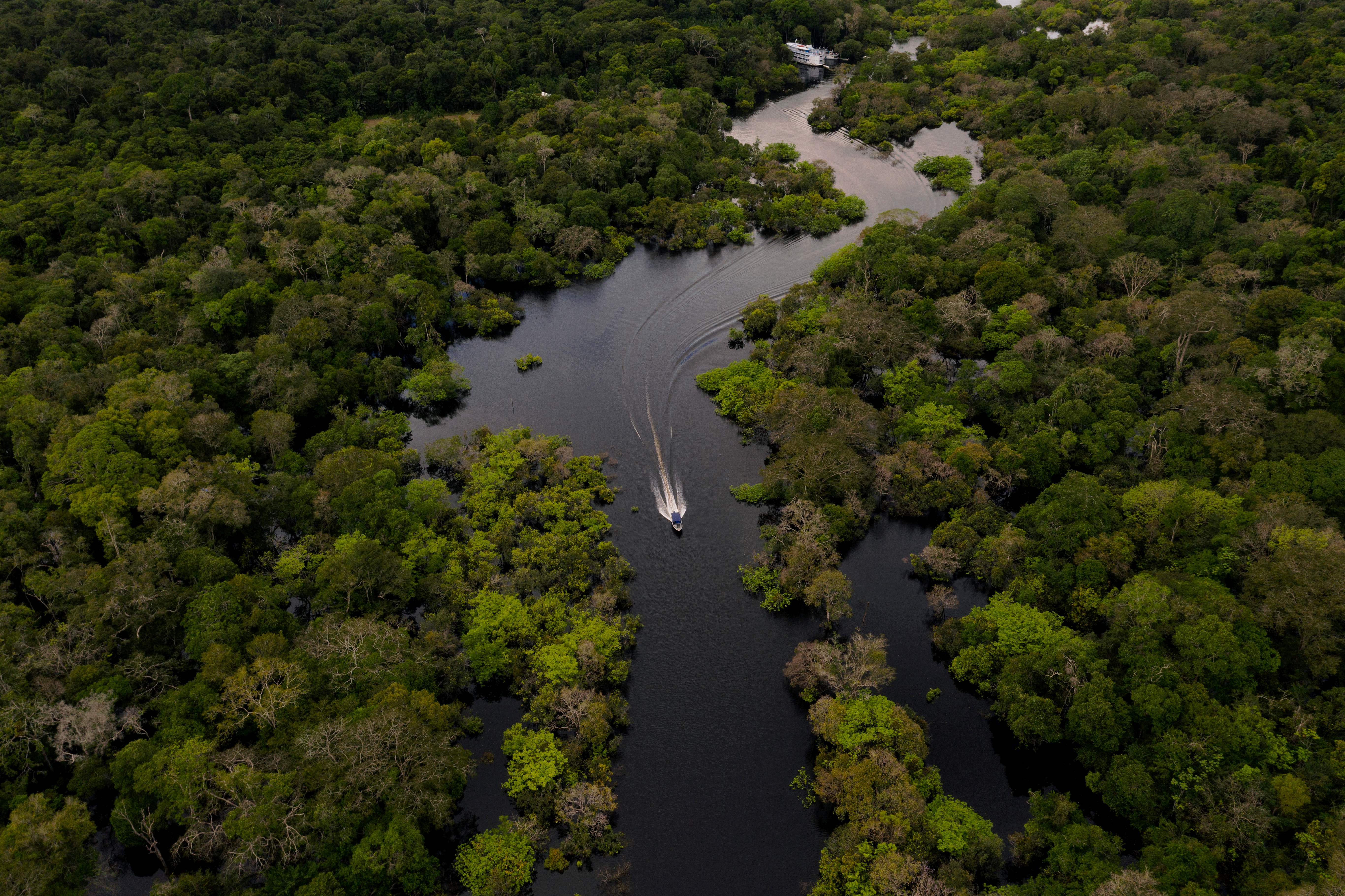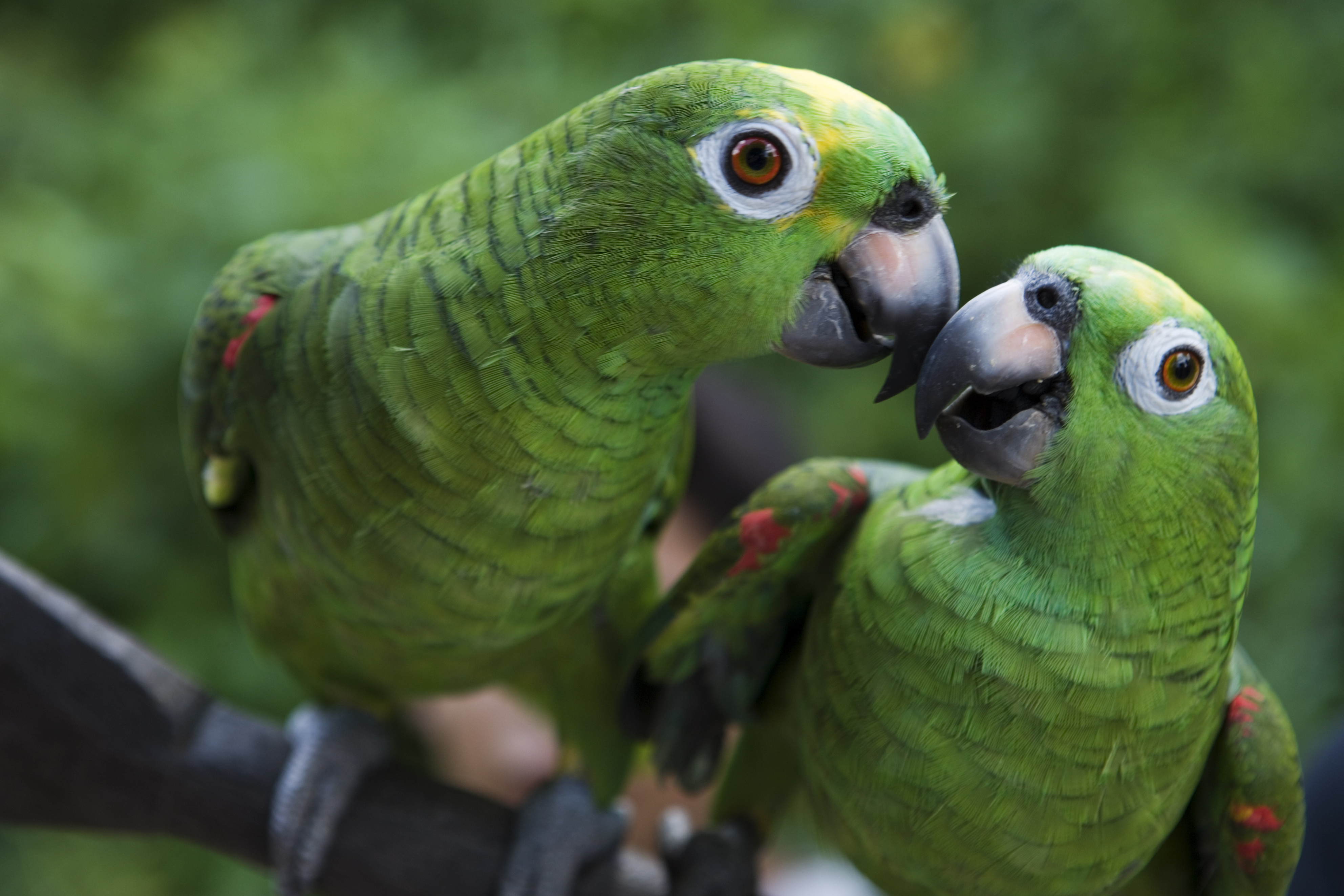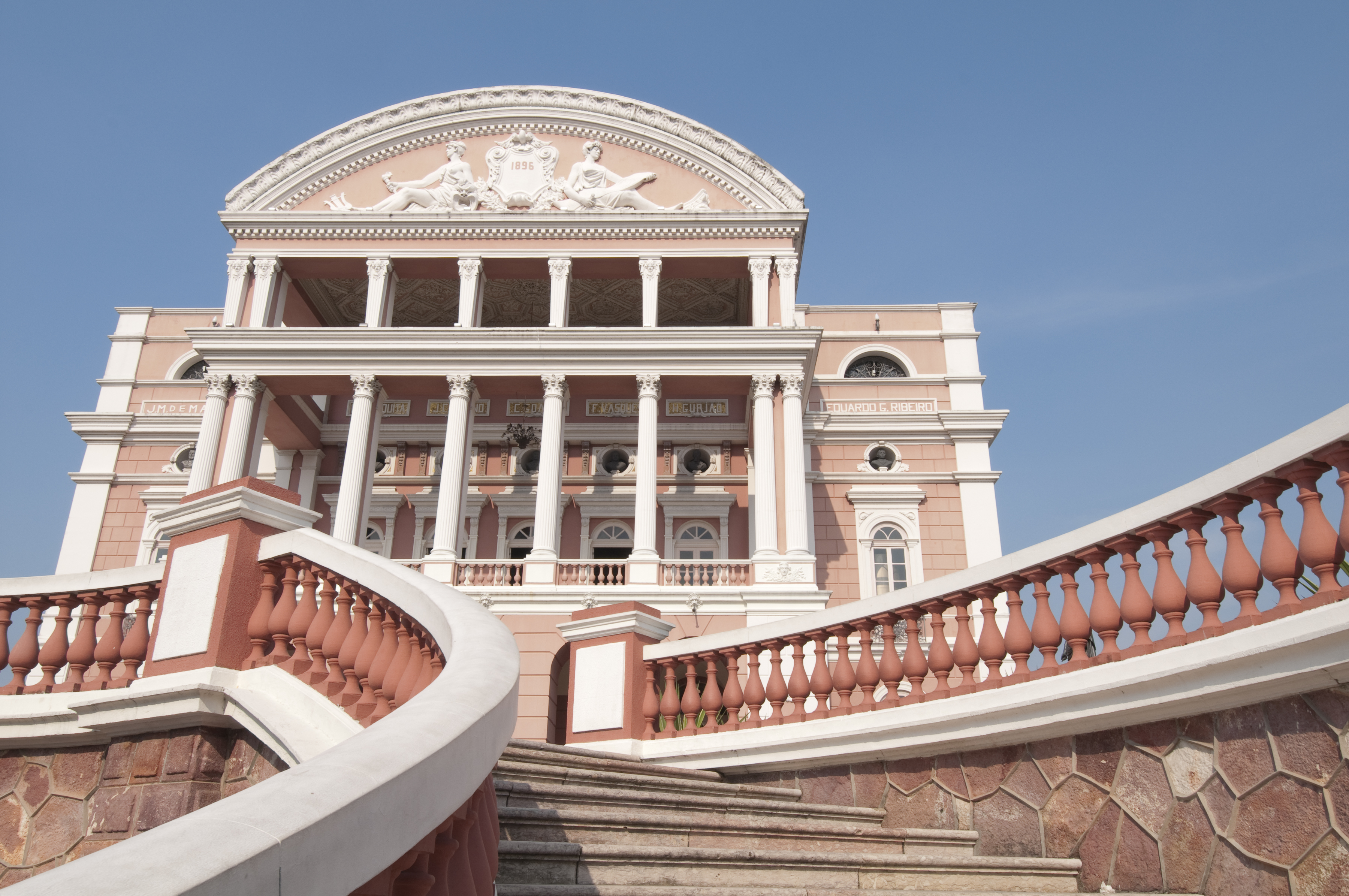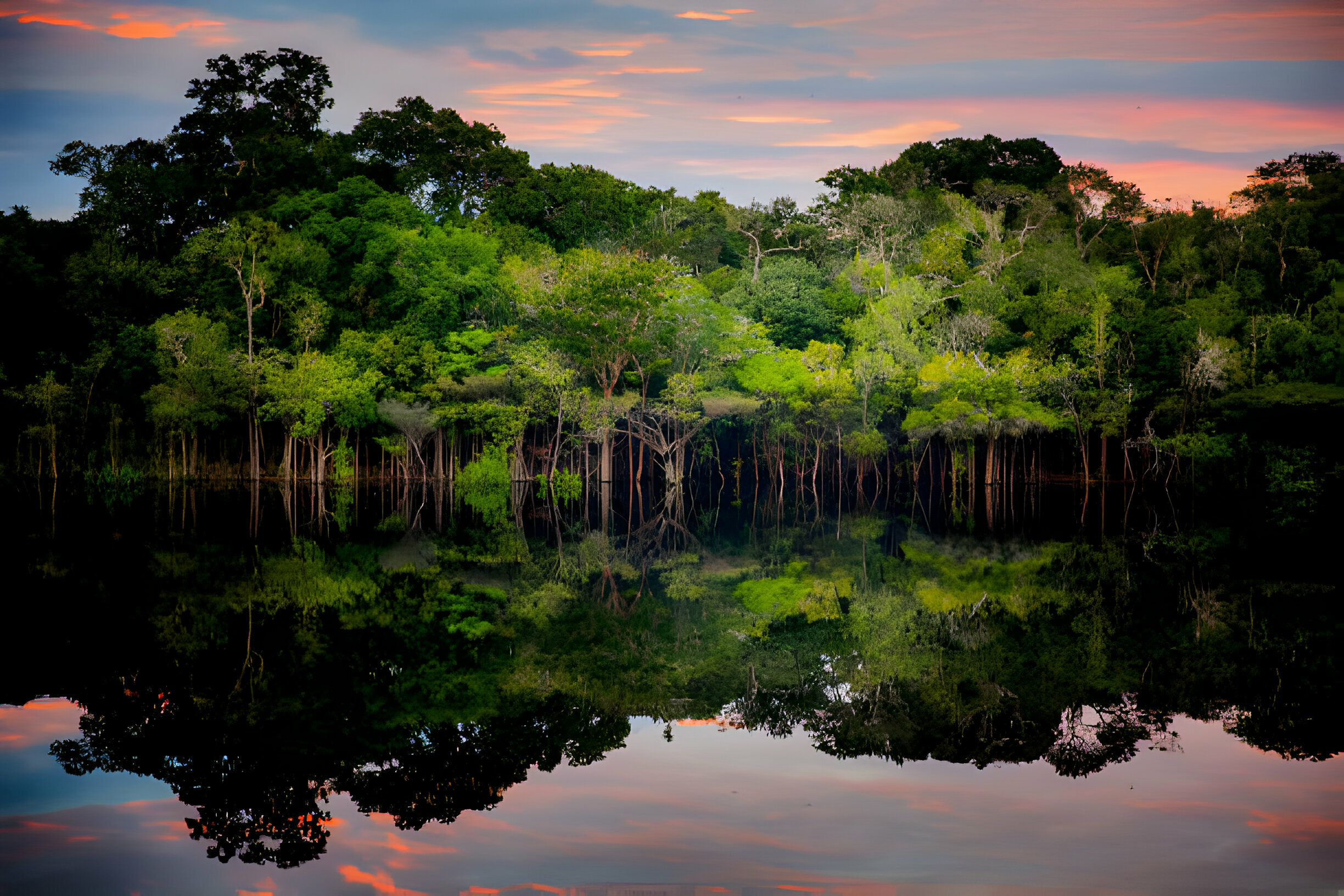Stretching across 2.6 million square miles and eight countries and filled with more than 3 million species of plants and animals, the Amazon rainforest is a wild and wonderful place. There are multiple ways to explore this integral part of South America and a lot to consider when planning a trip, including the fragility of the ecosystem and the millions of people who live there. There are 400 Indigenous and ethnic Amazonian groups who live amid the trees and along the rivers and streams.
Understanding the Amazon

The Amazon rainforest is the most biologically diverse area on the planet. Sloths, pink dolphins, poison dart frogs, toucans and piranhas all call it home, with new species constantly being discovered. Dense forests cover 1.4 billion acres of the landscape, and because of its “essential role” in the Earth’s oxygen and carbon dioxide cycles, the Amazon is known as the “lungs of the planet,” the BBC said.
About 60% of the Amazon is in Brazil, but the Amazon spans Bolivia, Colombia, Ecuador, Guyana, Peru, Suriname, Venezuela and French Guiana, an overseas department of France. Most of the 40 million people who live in the Amazon are in urban centers, the World Wildlife Fund said, and rely on the rainforest’s “natural bounty for food, shelter and livelihoods.”
What can you see in the Amazon?

Visitors to the Amazon who expect a “Discovery Channel-like experience” with “jaguars in every tree” and “anacondas on every shore” will be disappointed, Lonely Planet said. Instead, the “quintessential experiences” are more “sublime than superlative,” like canoeing, hiking under the tree canopy or boating up the Amazon River.
Even though the elusive jaguar may not cross your path, wildlife and birdwatching should be at the top of your agenda. The “pristine” Baixo Rio Branco extractive reserve in Brazil is an “outstanding place to immerse yourself in the best the Amazon has to offer,” with “excellent” wildlife watching amid an “immaculate” forest “teeming with birds and animals” like macaws and howler monkeys.
Wonders are not just spotted on land. The Meeting of the Rivers is the confluence between the whitewater Amazon and blackwater Rio Negro, one of “nature’s marvels,” The Guardian said. Because the Amazon is several degrees cooler than the Rio Negro, they run side by side for miles without mixing. It is a popular sight on boat tours and river expeditions.

The Amazon’s largest city is Manaus, Brazil, a “breakneck jungle metropolis” with “far-flung foods, frenetic markets and river-driven way of life,” Lonely Planet said. Attend an opera performance at the “opulent” Teatro Amazonas, constructed during the city’s rubber boom during the late 1800s, and check out MUSA in the Adolpho Ducke Forest Reserve, with its museum, sensory garden, aquarium and observation tower.
Many Amazonian adventures begin and end in Manaus, but consider launching a trip outside of Brazil. “Colombia’s slice of the Amazon isn’t as well-known,” Medellín travel advisor Boris Seckovic said to Travel and Leisure, and it is “almost better that way.” There are “far fewer people here,” giving you a “much better chance of encountering wildlife.”
How to visit responsibly

The Amazon’s “precious ecosystem” is under attack, with threats from “huge-scale farming and ranching, infrastructure and urban development, unsustainable logging, mining and climate change,” the World Wildlife Foundation said. Acres of rainforest are being decimated daily, and while trees in the Amazon are still holding about 56.8 billion metric tons of carbon, fires being intentionally set to clear land are tipping the Amazon toward being a “net carbon source.” This is why visitors to the Amazon are asked to tread lightly and respect both the land and its inhabitants.
Simple rules to follow include carrying out trash you bring into the rainforest, listening to the biologists and guides leading treks and staying a safe distance from wildlife. When choosing accommodations, go with eco-lodges that work with or are run by the local community and focus on habitat and wildlife protection.
The Cristalino Lodge in Brazil is a “collection of small bungalows, with hammocks strung on the porches” spread out “among flower beds and forest paths,” Travel and Leisure said. Visitors are paired with naturalist guides who take them on forest walks and river excursions twice a day. Water is heated by solar energy, and the “splendid” meals are made with local ingredients like acai and cassava.